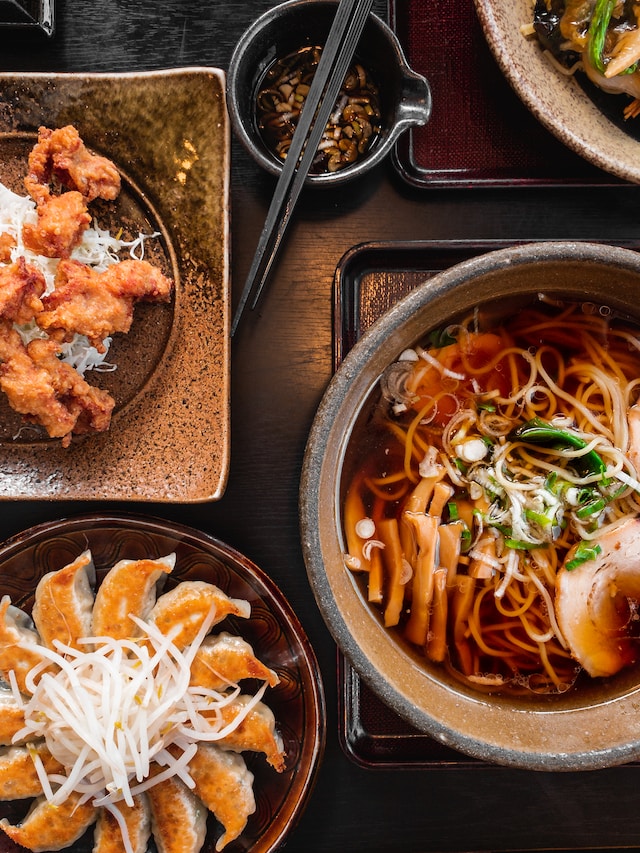“Shokuiku,” a Japanese term combining the concepts of eating and growing, highlights the country’s emphasis on educating children about nutrition.
This approach contributes significantly to Japan’s status as having some of the healthiest children globally.
A UNICEF report places Japan in a unique position with its low rates of overweight children among developed nations. Here are some distinctive strategies Japanese parents use:
- Early Nutritional Education:
The diet “ichijū-sansai,” rich in variety and nutrients, is recommended for expecting mothers. This early dietary guidance extends to children as well, with the government’s 2005 Basic Act on Shokuiku emphasizing nutritional education.
Preschools and elementary schools in Japan often include practical learning about food, from growing vegetables to understanding where different foods come from.
- Interactive Bento Box Discussions:
The majority of Japanese schools have nutritionist-planned lunches, engaging students in serving and discussing their meals.
This interactive approach extends to preschools, where bento box lunches are used as a tool for children to learn about various foods, encouraging them to try new things and express their likes and dislikes.

